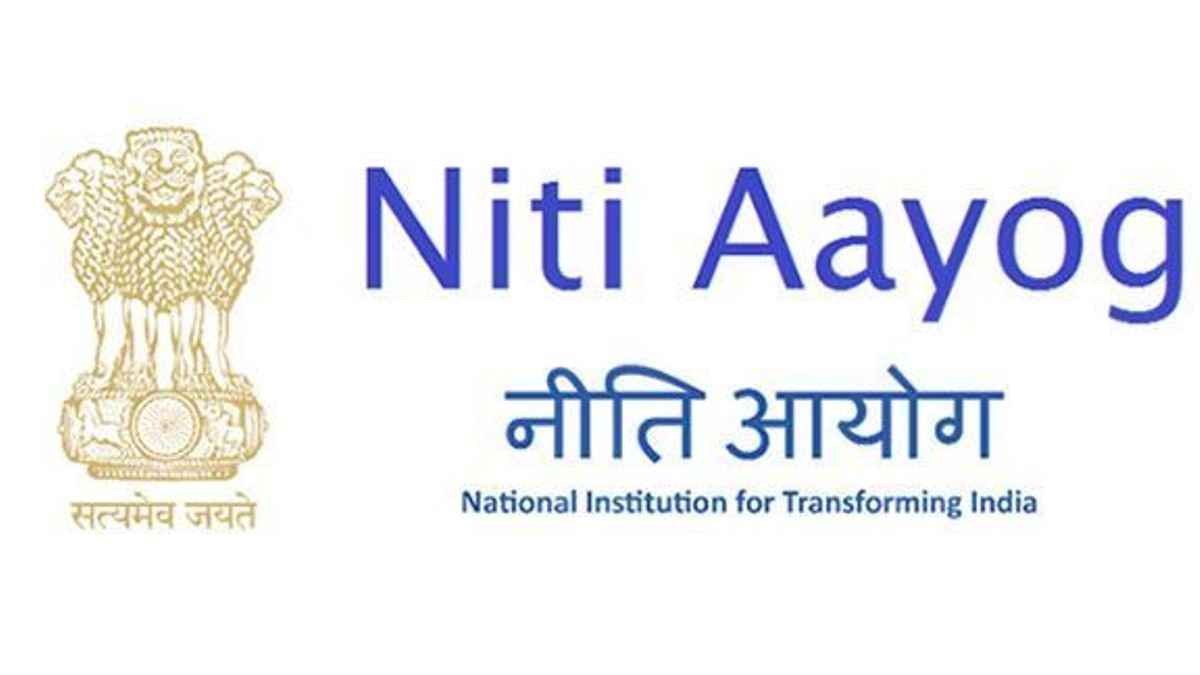
NEW DELHI: The NITI Aayog’s recent report shows that India lifted approximately 24.82 crore people out of poverty in the past nine years, indicating progress towards becoming a developed nation.
According to the ‘Multidimensional Poverty in India since 2005-06’ report, India has witnessed a substantial decrease in multidimensional poverty, dropping from 29.17 per cent in 2013-14 to 11.28 per cent in 2022-23—an impressive reduction of 17.89 percentage points. The report employed projected estimates to evaluate poverty levels in 2013-14 against the current scenario (2022-23) due to data limitations during those specific periods.
States like Uttar Pradesh lead the way, with 5.94 crore people escaping poverty, followed by Bihar at 3.77 crore and Madhya Pradesh at 2.30 crore, demonstrating the most significant decline in the number of people classified as poor based on the Multidimensional Poverty Index (MPI). This index considers twelve indicators of poverty under three dimensions: health, education, and standard of living. The report indicates that India is on course to achieve single-digit poverty levels by 2024.
The pace of decline in the poverty headcount ratio notably accelerated from 2015-16 to 2019-21, with a 10.66 per cent annual rate of decline compared to 7.69 percent in 2005-06 and 2013-14.
BVR Subrahmanyam, Chief Executive Officer of NITI Aayog, underscored the government’s commitment to reducing multidimensional poverty to below one percent, highlighting ongoing initiatives in that direction. He expressed confidence that India is likely to achieve Sustainable Development Goals (SDG) targets 1 and 2 well before 2030.
The report attributes the reduction in poverty to the government’s significant initiatives addressing various dimensions of poverty, such as Poshan Abhiyan, Anemia Mukt Bharat, National Food Security Act, Pradhan Mantri Garib Kalyan Anna Yojana, Ujjwala Yojana, Swachh Bharat Mission, and Jal Jeevan Mission, among others.
Prime Minister Narendra Modi responded optimistically to the report, stating, “Very encouraging, reflecting our commitment towards furthering inclusive growth and focusing on transformative changes to our economy.”
However, the report identifies persistent areas of deprivation- cooking fuel and housing remaining major contributors. Also, several economists said the MPI — which mainly measures possessions and access to certain services — is a poor method of estimating poverty, traditionally measured through household expenditures on certain goods and services.
K L Datta, a retired Indian Economic Services officer, stated, “The MPI simply tells us the percentage of people unable to access certain facilities provided by the government or (that are) available to them. It is not used by planners and policymakers to fix targets, nor is it used as an input to make plans for poverty reduction. To sum up, the MPI does not represent poverty. The government is trying to project the MPI estimate as a substitute for the poverty ratio. This is not right.”

